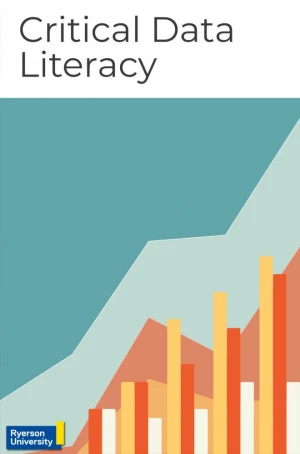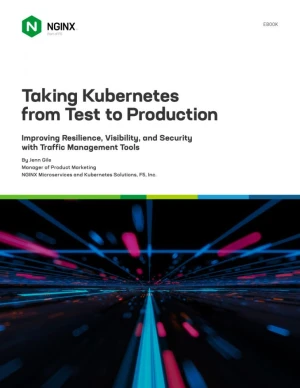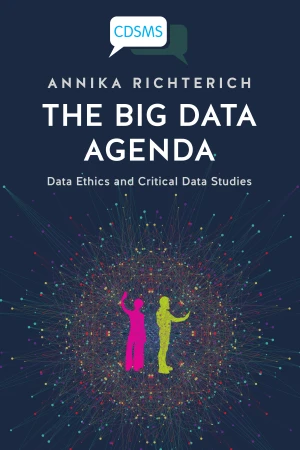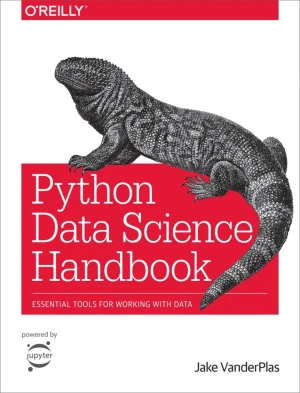Time Series Databases
New Ways to Store and Access Data
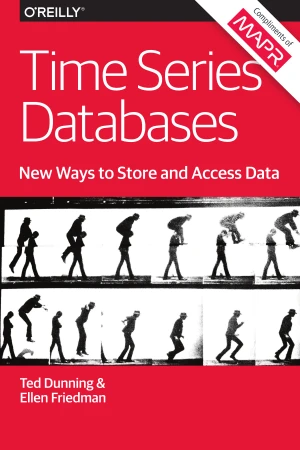
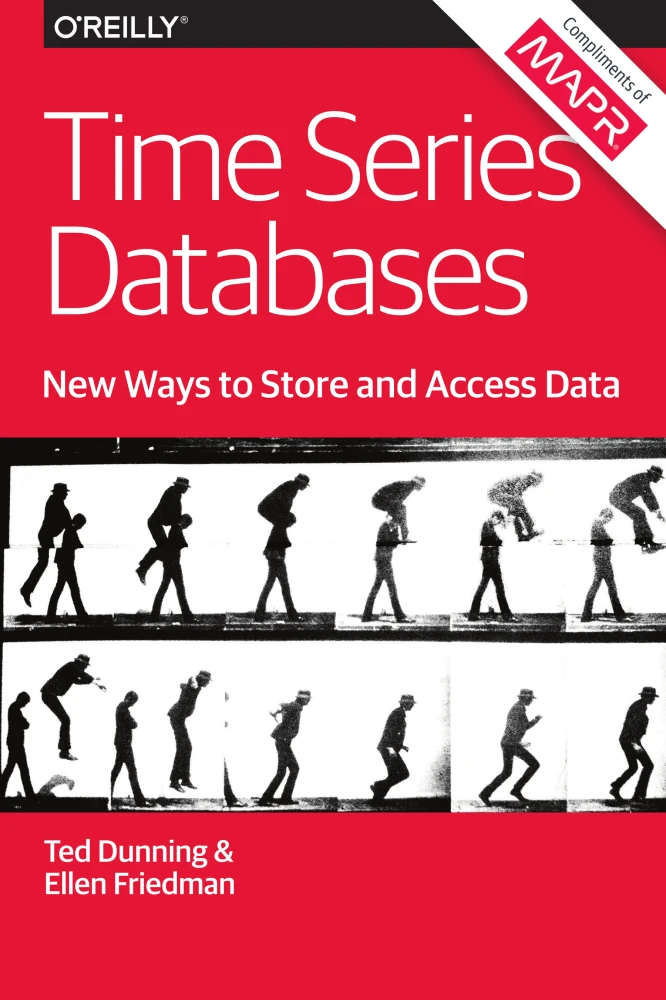
Book Details
| Authors | Ted Dunning, Ellen Friedman |
| Publisher | O'Reilly Media |
| Published | 2015 |
| Edition | 1st |
| Paperback | 82 pages |
| Language | English |
| ISBN-13 | 9781491920909, 9781491914724 |
| ISBN-10 | 1491920904, 1491914726 |
| License | Compliments of MapR |
Book Description
Time series databases enable a fundamental step in the central storage and analysis of many types of machine data. As such, they lie at the heart of the Internet of Things (IoT). There's a revolution in sensor - to - insight data flow that is rapidly changing the way we perceive and understand the world around us. Much of the data generated by sensors, as well as a variety of other sources, benefits from being collected as time series.
Although the idea of collecting and analyzing time series data is not new, the astounding scale of modern datasets, the velocity of data accumulation in many cases, and the variety of new data sources together contribute to making the current task of building scalable time series databases a huge challenge. A new world of time series data calls for new approaches and new tools.
The huge volume of data to be handled by modern time series databases (TSDB) calls for scalability. Systems like Apache Cassandra, Apache HBase, MapR-DB, and other NoSQL databases are built for this scale, and they allow developers to scale relatively simple applications to extraordinary levels. In this book, we show you how to build scalable, high-performance time series databases using open source software on top of Apache HBase or MapR-DB. We focus on how to collect, store, and access large-scale time series data rather than the methods for analysis.
This book is published as open-access, which means it is freely available to read, download, and share without restrictions.
If you enjoyed the book and would like to support the author, you can purchase a printed copy (hardcover or paperback) from official retailers.
Download and Read Links
Share this Book
[localhost]# find . -name "*Similar_Books*"
Critical Data Literacy
A short course for students to increase their proficiency in analyzing and interpreting data visualizations. By completing this short course students will be able to explain the importance of data literacy, identify data visualization issues in order to improve their own skills in data story-telling. The intended outcome of this course is to help s
Taking Kubernetes from Test to Production
With Kubernetes came many new concepts, particularly around networking and traffic management. Alongside these new concepts were entirely new classes of tools, designed for ephemeral, containerized, and distributed application deployments. In particular, Ingress controllers and service meshes did not exist prior to the Kubernetes era. Nor were Laye
Data Science at the Command Line, 2nd Edition
This thoroughly revised guide demonstrates how the flexibility of the command line can help you become a more efficient and productive data scientist. You'll learn how to combine small yet powerful command-line tools to quickly obtain, scrub, explore, and model your data. To get you started, author Jeroen Janssens provides a Docker image packed wit
How To Build a Website with HTML
If you are interested in learning how to build and design websites, Hyper Text Markup Language (HTML) is a great place to start. This project-based tutorial series will introduce you to HTML and its methods by building a personal website using our demonstration site (below) as a model. Once you learn the basics, you will know how change the website
The Big Data Agenda
This book highlights that the capacity for gathering, analysing, and utilising vast amounts of digital (user) data raises significant ethical issues. Annika Richterich provides a systematic contemporary overview of the field of critical data studies that reflects on practices of digital data collection and analysis. The book assesses in detail one
Python Data Science Handbook
For many researchers, Python is a first-class tool mainly because of its libraries for storing, manipulating, and gaining insight from data. Several resources exist for individual pieces of this data science stack, but only with the Python Data Science Handbook do you get them all - IPython, NumPy, Pandas, Matplotlib, Scikit-Learn, and other relate

